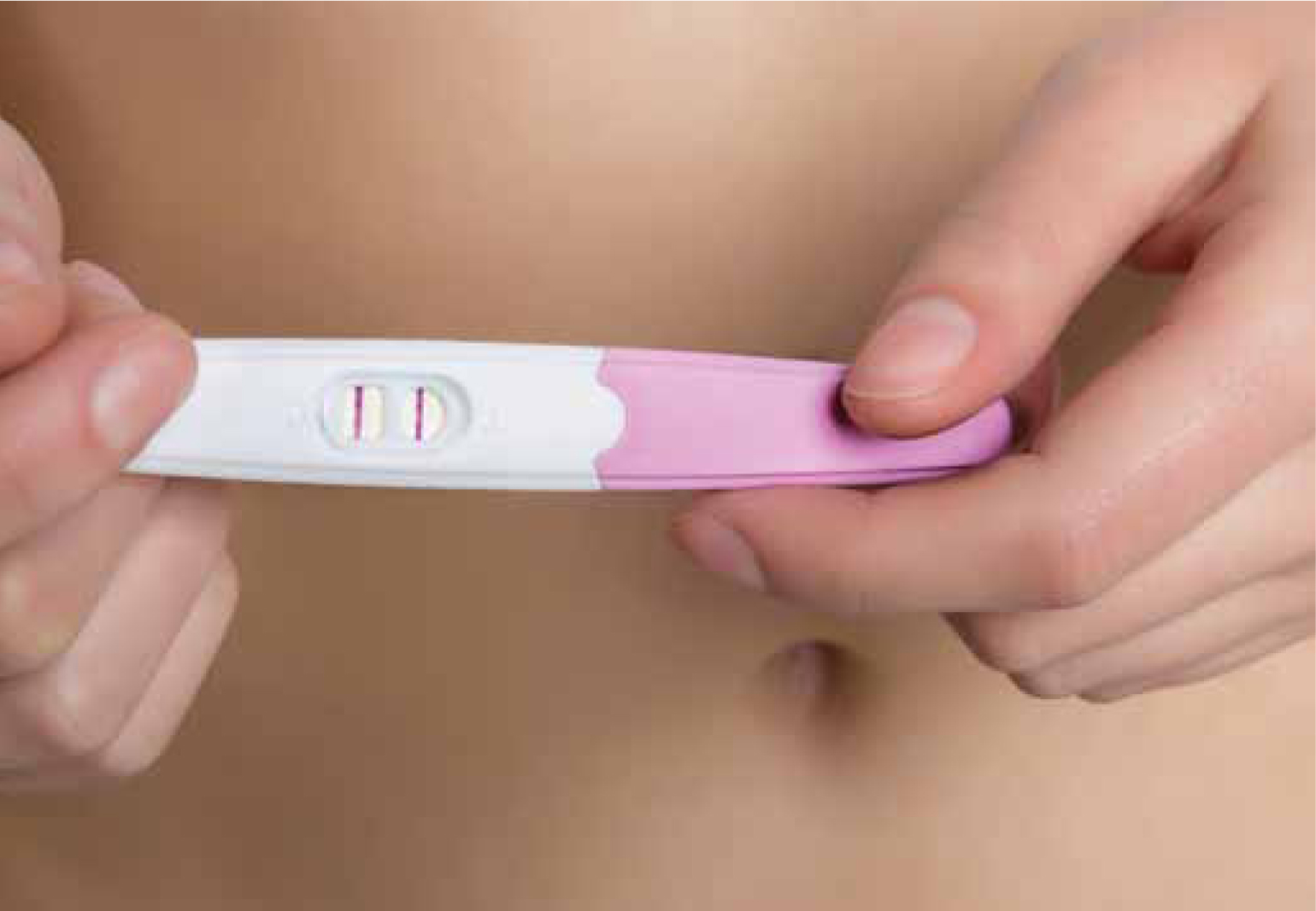References
Teenage pregnancy: Great progress, but no room for complacency

In March 2016, teenage pregnancy data published by the Office for National Statistics (ONS, 2016a) marked a huge milestone. England's under-18 conception rate is now 22.8/1000 15–17-year-old young women, a fall of 51% since 1998, with the number of conceptions dropping from 41 089 to 21 282. This exceeds the goal of the original Teenage Pregnancy Strategy, and brings the under-18 and under-16 conception rates to the lowest level since records began in 1969.
The strategy, launched in 1999 by the then Labour government, was the first comprehensive, long-term effort to tackle England's historically high rates and reduce inequalities experienced by young parents and their children (Social Exclusion Unit, 1999). Informed by international evidence, it aimed to: provide all young people with high-quality sex and relationships education and easy access to effective contraception through youth-friendly services; offer more intensive prevention for young people most at risk; and provide dedicated, coordinated support for young parents. The strategy was anchored in the principle of joined-up action, nationally and locally, recognising that effective support for young people required multi-agency contributions.
Register now to continue reading
Thank you for visiting British Journal of Midwifery and reading some of our peer-reviewed resources for midwives. To read more, please register today. You’ll enjoy the following great benefits:
What's included
-
Limited access to our clinical or professional articles
-
New content and clinical newsletter updates each month

